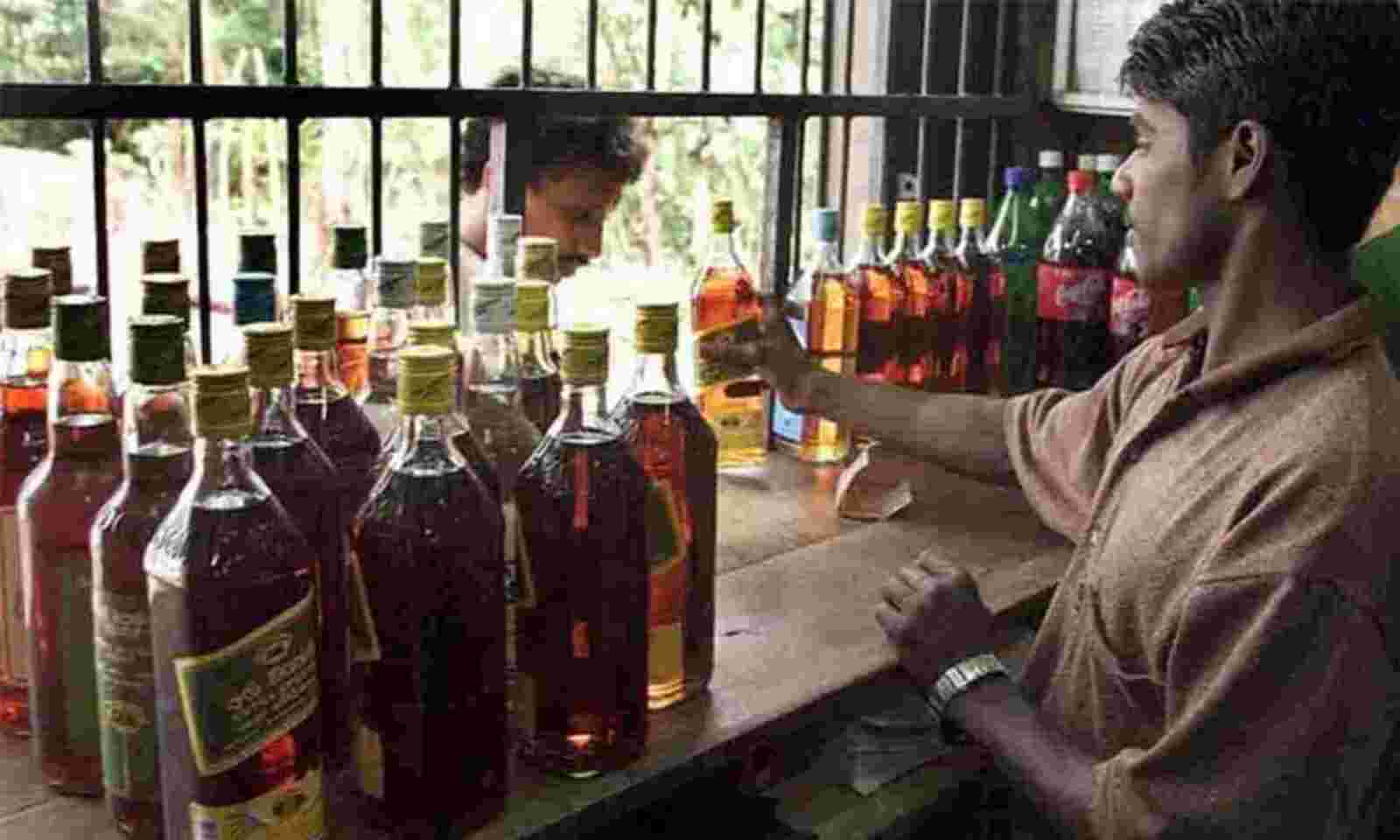Telangana and Andhra Pradesh are the states with the highest alcohol consumption rates
While the government has been successfully dealing with the deadly coronavirus threat, the lockdown has now exacerbated an alcoholic problem. With all wine shops in the state closed, persons accustomed to consuming alcohol are now experiencing acute withdrawal symptoms and are alleged to be behaving in an unruly manner, with suicide attempts reported in some cases. The Erragadda Mental Hospital, which has had almost no out-patients since the lockdown, is suddenly receiving around 100 OP cases.
With 19.8 percent, Andhra Pradesh and Telangana ranked fifth in the country. According to the National Institute of Nutrition’s Urban Nutrition Report, urban men in Andhra Pradesh and Telangana state consume alcohol at the second highest rate in the country (37.3%). According to a poll conducted in the country’s urban areas, urban men in the Andaman & Nicobar Islands drink the most alcohol (51.3%). In terms of risk behaviour components, it was discovered that 16% of adult men used tobacco in some form or another, and 30% of men drank alcohol.
West Bengal has the highest rate of smoking (40.6%). With 19.8 percent, Andhra Pradesh and Telangana ranked fifth in the country. Scientists discovered that consuming foods heavy in fat, salt, and sugar with alcohol resulted in a higher connection of hypertension in men.
According to nutritionist Dr. U. Sree, “high cholesterol and triglyceride levels imply that males are engaging in dangerous behaviour, which is shown in annual health check-ups.” Professionals are secretive about their habits. The only option is to abstain completely from alcohol, but few people are willing to do so. People in this category are given dietary adjustments and medicines to treat grade 2 fatty liver issues.”
The Telangana administration has raised liquor prices in the state by 20-25 percent, with the new rates taking effect on Thursday. While this change, the first after May 2020, is intended to increase income, the state prohibition and excise agency believes it will lead to more moderate liquor consumption in the state.
According to the director of the prohibition and excise department, the new rates will apply even to goods with the previous maximum retail price (MRP) printed on them.
The tariffs for foreign liquor, Indian-made foreign liquor, and beer have been altered in the current order. The retail price of all beer brands in all sizes has been raised by Rs 10. Similarly, all wine brands’ MRPs have been raised by Rs 10 for a quarter (180ml), Rs 20 for a half (375ml), and Rs 40 for a full (750ml) bottle.
In the case of hard liquor, the price increase is divided into two categories: for brands with an MRP of less than Rs 200 for a full bottle, the price is increased by Rs 20, Rs 40, and Rs 80 for quarter, half, and full bottles, respectively. For brands with MRPs greater than Rs 200, the price is increased by Rs 40, Rs 80, and Rs 160 for quarter, half, and full bottles, respectively. According to booze sellers, the move to sell old stock at the new MRP is sure to confuse tipplers and cause mayhem at liquor stores.
“We are the ones who deal with the general public. Who will accept it if we sell old bottles at a new MRP without even putting new stickers on them? Furthermore, the consumer has the right to spend no more than the MRP label on the bottle. “The people would just blame the shopkeepers,” a senior retailer told indianexpress.com, adding that the government should have first educated and sensitised liquor consumers.
According to statistics, the state earned more than Rs 30,000 crore from the sale of booze from roughly 3,000 retail outlets last year. Whether the government move “moderates” liquor use in the state or not, wine shop owners believe government income will not fall at any moment. They claim that even if sales fall, the price increase will ensure that revenues remain constant.
Sixty percent of a retailer’s revenue comes from the sale of inexpensive liquor. Its rates have risen to Rs 120 from Rs 65 in pre-Covid era. “If you keep raising the rates, he/she would resort to illegal options,” a dealer said. He stated that when the rates in Andhra Pradesh were raised, there was an increase in incidences of smuggling of liquor from other states.
Several wine shops remained shuttered or partially open on Thursday, after officers from the department had sealed them the night before. These would be permitted to open only after officials assessed the available stock to determine the taxes to be paid in accordance with the new MRP. Dealers warned that a lack of personnel in the department could further stall the process.



